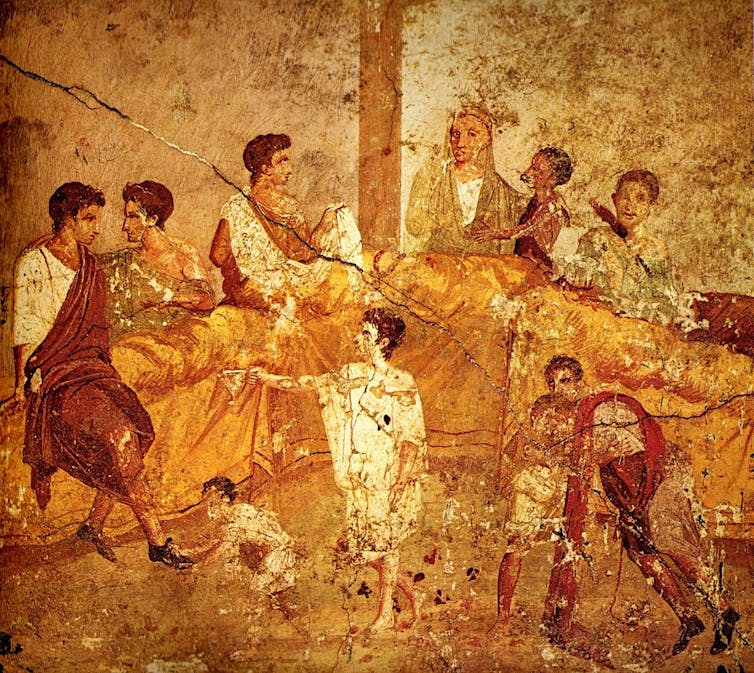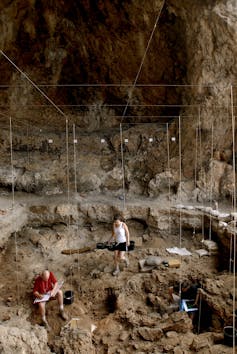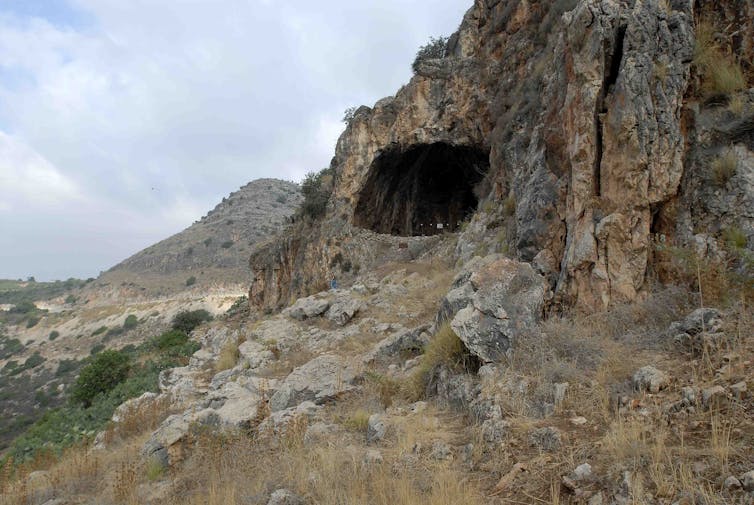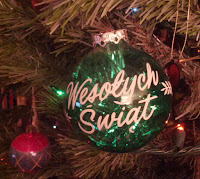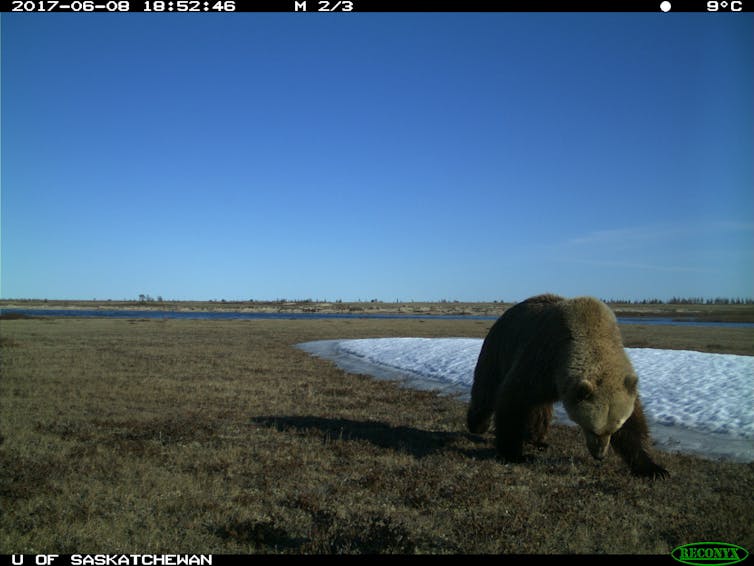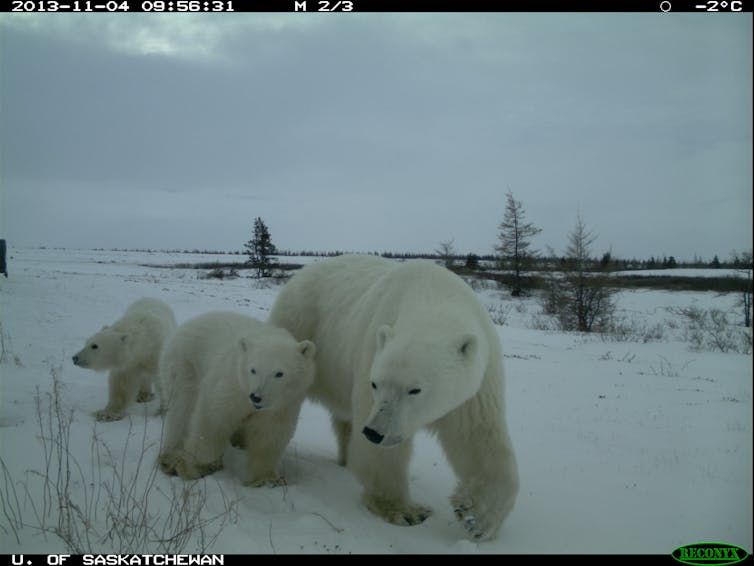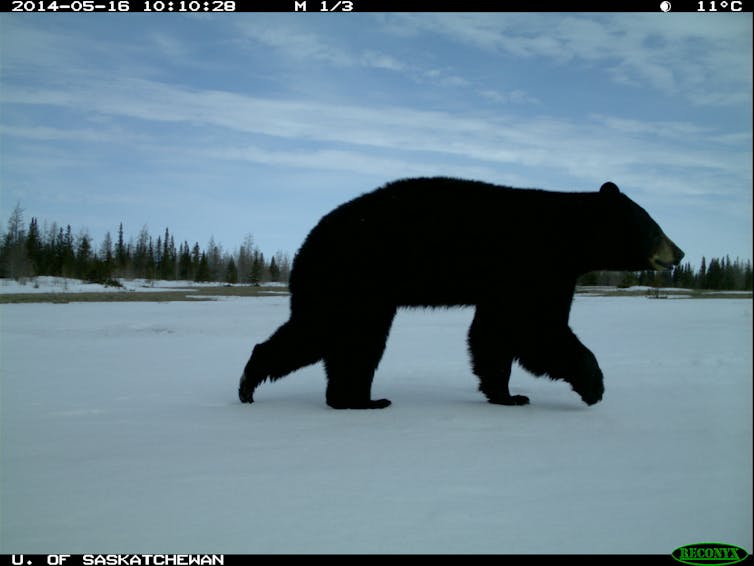From the Archives: Former state legislator Terri McCormick asks ‘What Sex Is a Republican?’
Former state legislator Terri McCormick asks ‘What Sex Is a Republican?’
December 20, 2011 7:52 PM MST
A former state legislator from Wisconsin, Terri McCormick is the author of a memoir called What Sex Is a Republican? Stories from the Front Lines of American Politics.
One reviewer, the author noted, called it “the first Tea Party book” because of what McCormick identifies as its themes.
“It’s all about integrity of leadership,” she told the Charlottesville Libertarian Examiner in an interview early in 2011, while she was attending the national convention of the Republican Liberty Caucus in Arlington, Virginia.
‘Founding principles’
The reason she published the book, McCormick explained, was that she had been asked to write about her experiences as a member of the Wisconsin Assembly, where she served three two-year terms beginning in 2000. She later twice ran for Congress, seeking the Republican nomination in Wisconsin’s Eighth District in 2006 and 2010.
It was while she was serving in the legislature, representing about 60,000 constituents in and around the cities of Appleton and Oshkosh, that McCormick discovered she was a libertarian.
“I didn’t even know that I was a libertarian Republican,” she explained, “until somebody had actually watched my work and said, ‘You know what? You believe in the constitution and free market.”
‘Core values’
To McCormick, that seemed just like common sense.
“I had a set of core values. I readily knew what they were: opportunities, free market systems, and I actually believed the constitution should apply to everybody.”
When it was pointed out that her statements and the legislation she sponsored manifested libertarian values and ideas, she “thought, ‘So that’s where I fit!’” Up to that point, she admitted, that she “didn’t quite know” what a libertarian was, or that she was one herself.
Running for Congress after her self-imposed term limits ended her time in the legislature “was interesting,” McCormick said, noting an odd paradox:
“When I ran for the state house, I was recognized as having ideas and [people] wanted me. When I ran for the U.S. House, I was recognized as an individual with ideas and therefore people didn’t want me.”
Legislative achievements
Prior to her first election to the Wisconsin Assembly, McCormick had worked with various civic groups and drafted the state’s first charter schools law. She helped form a group that lobbied for the law’s passage.
Once elected to office, she chaired the economic development committee, which became her platform for regulatory reform efforts.
Challenging entrenched interests in Madison, McCormick said she “took on the [state’s] capital investment company. In order to have more capital investment readily available, I wrote the small business regulation reform act.”
Her achievements, she added modestly, came about “just by listening to others and working with them.”
Publisher's note: This article was originally published on Examiner.com on December 20, 2011. The Examiner.com publishing platform was discontinued July 1, 2016, and its web site went dark on or about July 10, 2016. I am republishing this piece in an effort to preserve it and all my other contributions to Examiner.com since April 6, 2010. It is reposted here without most of the internal links that were in the original.

